Comments / Questions (30)
![]() Anette Holtung wrote:
Anette Holtung wrote:
Hei! Om jeg har lyst til å strikke glattstrikk i denne modellen, bør jeg da bruke pinne 5,5 istedenfor 6 over vrangborden.? Strikker stor S
13.03.2021 - 17:47DROPS Design answered:
Hei Anette. Du bør bruke en pinnestørrelse der du overholder strikkefastheten som er oppgitt i oppskriften. mvh DROPS design
15.03.2021 - 15:36
![]() Elisabeth wrote:
Elisabeth wrote:
PAS PÅ når I bestiller garn til denne trøje !!!!!! Der er andre der har skrevet det samme, kan jeg se. Der er alt for meget garn i overskud, efter det der står i opskriften. Når der står 50 g bestiller man selvfølgelig 2 nøgler Jeg har nu strikket 2 trøjer og der er stadigvæk garn tilovers. Det er bare ikke godt nok. Mvh Elisabeth
22.11.2020 - 22:14
![]() Helle Pedersen wrote:
Helle Pedersen wrote:
Jeg forstår ikke perlestrikken. Normalt strikkes perlestrik over 2 pinde. Ret og vrang på 1. pind og modsat på 2. pind. Her står at 2. pind skal gentages, så mønstret er over 3 pinde, er det korrekt?
05.09.2020 - 10:21DROPS Design answered:
Hei Helle. Det er bare 2. omgang som skal gjentas og den er forklart at man skal strikke "Strik ret over vrang og vrang over ret". God Fornøyelse!
07.09.2020 - 07:52
![]() Stina Andersen wrote:
Stina Andersen wrote:
Er det riktig at XL kun skal ha 12 cm med disse fargene?? STRIPER BOL: Strikk 12-12,5-13-12-13,5-14 cm med lys grågrønn, 12-12,5-13-12-14-14,5 cm med natur, 12-12,5-13-12-13,5-14 cm med støvrosa og deretter strikkes ferdig med jeansblå = 12-12,5-13-12-14-14,5 cm.
16.03.2020 - 18:06DROPS Design answered:
Hej Stina, du strikker det øverste af halsen færdig med sidst farve i striberne. God fornøjelse!
19.03.2020 - 13:58
![]() Katarzyna wrote:
Katarzyna wrote:
Ile gram włoczki Brushed alpaca silk potrzeba na jednolity sweter ?
13.11.2019 - 17:46DROPS Design answered:
Witaj Kasiu! Na jednolity sweter będziesz potrzebować ok. 125-150-150-175-175-200 g włóczki Brushed Alpaca Silk, w zależności od tego, który rozmiar wykonujesz. Miłej pracy!
13.11.2019 - 18:03
![]() Kerstin wrote:
Kerstin wrote:
Kan man använda garnen Drops Alpaca och Kid-Silk (garngrupp A) till denna modell? Hur många nystan behövs i så fall om man stickar den enfärgad i storlek L ?
22.10.2019 - 17:58DROPS Design answered:
Hej. Ja du kan använda dessa garn till detta mönster, tänk bara på att det är viktigt att du får den stickfasthet som uppges i mönstret för att måtten ska bli riktiga. Jag har dessvärre ingen uppgift på hur mycket garn det går åt om man stickar den enfärgad. Du kan alltid räkna om utifrån den garnmängd som står i mönstret så får du iallafall inte för lite garn. Här kan du läsa mer om hur du byter ut ett garn mot ett annat. Lycka till!
23.10.2019 - 07:23
![]() Joan Bengtson wrote:
Joan Bengtson wrote:
Jeg har strikket med 1tråd,Brushed Alpaca Silk,der bliver alt for meget garn i overskud?Det skal vel være 2tråde,den skal strikkes i,før det giver mening??
20.10.2019 - 17:01DROPS Design answered:
Hei Joan. Denne modellen skal strikke med 1 tråd. Det er nok noen av fargene i noen av størrelsene som ligger helt på grensen mellom 1 og 2 nøster, og da har vi rundet opp slik at man ikke risikerer å få for lite garn. Men du en oversikt over hvor mange nøster du har igjen, hvilken farger og hvilken størrelse strikker du? Så skal vi få sett nærmere på dette. mvh DROPS design
21.10.2019 - 14:49
![]() Lone Sandner wrote:
Lone Sandner wrote:
Kan jeg strikke med dobbelt garn og stadig følge opskriften, evt. tykkere pinde / garnforbrug?
23.09.2019 - 12:11DROPS Design answered:
Hei. Denne genseren er strikket med et garn fra garngruppe C. Du kan strikke denne genseren med 2 tråder fra garngruppen A (f.eks Kid-Silk, Alpaca). Bruk vår gankalkulator for å finne garnmengden og husk å overholde strikkefastheten. God Fornøyelse!
23.09.2019 - 14:56
![]() HELENE JENSEN wrote:
HELENE JENSEN wrote:
Skønt strik, jeg strikker str. Xxl strikfasthed passer. Men i lyserød og den lyse blå er der over et nøgle i overskud. Måske der også kommer det i den blå 🤔🤔 det må være en fejl i opskriften.
12.07.2019 - 22:04
![]() Marie wrote:
Marie wrote:
Doit-on tricoter fil simple ou double ? Merci pour votre réponse
17.05.2019 - 15:58DROPS Design answered:
Bonjour Marie, ce modèle se tricote avec un seul fil DROPS Brushed Alpaca Silk, vous devez avoir 15 m x 24 rangs au point de riz = 10 x 10 cm, ajustez la taille des aiguilles si besoin. Bon tricot!
20.05.2019 - 14:43
Mardi Gras#mardigrassweater |
|
 |
 |
Knitted jumper with balloon sleeves and stripes in DROPS Brushed Alpaca Silk. Sizes: S-XXXL
DROPS 201-22 |
|
|
------------------------------------------------------ EXPLANATIONS FOR THE PATTERN: ------------------------------------------------------- MOSS STITCH (worked in the round): Round 1: * Knit 1, purl 1*, repeat from *-*. Round 2: Knit over purl and purl over knit. Repeat round 2 onwards. MOSS STITCH (worked back and forth): Row 1: * Knit 1, purl 1 *, repeat from *-*. Row 2: Knit over purl and purl over knit. Repeat row 2 onwards. STRIPES BODY: Work 12-12.5-13-13,5-13.5-14 cm light grey green, 12-12.5-13-13-14-14.5 cm off-white, 12-12.5-13-13,5-13.5-14 cm powder pink and then finish with denim blue = 12-12.5-13-13-14-14.5 cm. STRIPES SLEEVES: Work 4.5 cm off-white, 3 cm curry, 4.5 cm off-white, 3 cm curry, 4.5 cm off-white and 3 cm curry. DECREASE TIP-1: Knit together the 3 middle stitches under the sleeve (= 2 stitches decreased). INCREASE TIP-1: Work 2 stitches in 1 stitch as follows: Work 1 stitch but do not slip this stitch off the left needle, work 1 more stitch in same stitch - working in the back loop this time = 1 stitch increased. INCREASE TIP-2: (evenly spaced at bottom of sleeve): To work out how to increase evenly, count the total number of stitches on the needle (e.g. 44 stitches) and divide by the number of increases to be made (e.g. 20) = 2.2. In this example, increase by making 1 yarn over after approx. each 2nd stitch. On the next round knit the yarn overs to leave a small hole. CASTING-OFF TIP: To avoid the cast-off edge being tight you can cast off with a larger size needle; or make 1 yarn over after approx. each 8th stitch at the same time as casting off( yarn overs cast off as normal stitches). ------------------------------------------------------ START THE PIECE HERE: ------------------------------------------------------- JUMPER - SHORT OVERVIEW OF THE PIECE: The body is worked in the round with circular needle, bottom up. At the armholes, the piece is divided in 2 and front and back pieces are worked back and forth separately. The sleeves are worked in the round with double pointed needles or short circular needle, bottom up. BODY: Cast on 132-144-156-172-188-208 stitches with circular needle size 4 mm and curry. Work rib (= Knit 1, purl 1) for 4-4-4-5-5-5 cm. Change to circular needle size 6 mm and light grey green and work MOSS STITCH – read description above – AT THE SAME TIME as you work STRIPES BODY – read description above. REMEMBER THE KNITTING TENSION! When the piece measures 35-36-37-38-39-40 divide the piece in 2 and front and back pieces are finished separately. BACK PIECE: = 66-72-78-86-94-104 stitches. Continue back and forth on needle and on the first row increase 1 stitch on each side for sleeve-seam = 2 stitches increased – read INCREASE TIP-1 = 68-74-80-88-96-106. When the piece measures 48-50-52-54-56-58 cm cast off the middle 22-22-24-24-26-26 stitches for neck and each shoulder is finished separately. Continue by casting off towards the neck on each 2nd row: 2 stitches 1 time. When the piece measures 52-54-56-58-60-62 cm loosely cast off the remaining 21-24-26-30-33-38 stitches with knit over knit and purl over purl - read CASTING-OFF TIP. Work the other shoulder in the same way. FRONT PIECE: = 66-72-78-86-94-104 stitches. Work as for back piece but cast off for neck as follows: When the piece measures 45-47-49-51-53-55 cm cast off the middle 16-16-18-18-20-20 stitches for neck and each shoulder is finished separately. Continue by casting off towards the neck on each 2nd row: 2 stitches a total of 2 times and 1 stitch 1 time. When the piece measures 52-54-56-58-60-62 cm loosely cast off the remaining 21-24-26-30-33-38 stitches, with knit over knit and purl over purl - read CASTING-OFF TIP. Work the other shoulder in the same way. SLEEVE: Cast on 36-38-40-42-44-46 stitches with double pointed needles size 4 mm and curry. Work rib ( = knit 1, purl 1) for 4-4-4-5-5-5 cm. Change to double pointed needles size 6 mm and off-white and knit 1 round, AT THE SAME TIME as you increase 24-22-22-22-20-20 stitches evenly spaced – read INCREASE TIP-2 = 60-60-62-64-64-66 stitches. Continue with MOSS STITCH and STRIPES SLEEVES – read description above. When STRIPES SLEEVES are finished continue with off-white to finished length. When the piece measures 25-25-25-25-25-25 cm decrease 2 stitches mid under sleeve - read DECREASE TIP-1, repeat this decrease every 4-6-5-5-0-0 cm a total of 4-3-2-2-0-0 times = 52-54-58-60-64-66 stitches. Continue working until the piece measures 52-52-51-49-47-45 cm (shorter measurements in larger sizes due to broader shoulders) and then cast off loosely with knit over knit and purl over purl - read CASTING-OFF TIP. Work the other sleeve in the same way. ASSEMBLY Sew shoulder seams in outermost loop of outermost stitch so the seam is flat. Pick up approx. 55-55-60-60-65-65 stitches around the neck with denim blue and double pointed needles size 4 mm and work rib (= knit 1, purl 1) for 2.5 cm. Loosely cast off with knit over knit and purl over purl - read CASTING-OFF TIP. Sew sleeves to body inside the 1 edge stitch. |
|
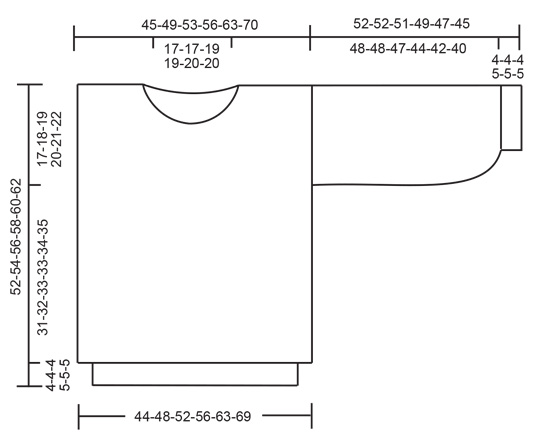 |
|
Have you finished this pattern?Tag your pictures with #dropspattern #mardigrassweater or submit them to the #dropsfan gallery. Do you need help with this pattern?You'll find 26 tutorial videos, a Comments/Questions area and more by visiting the pattern on garnstudio.com. © 1982-2025 DROPS Design A/S. We reserve all rights. This document, including all its sub-sections, has copyrights. Read more about what you can do with our patterns at the bottom of each pattern on our site. |
|







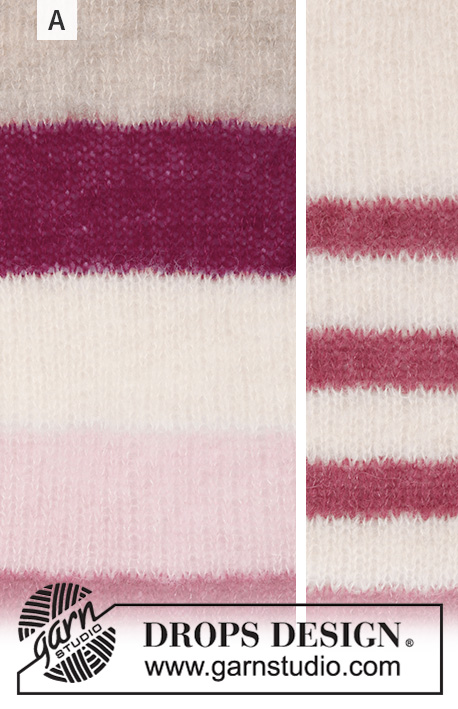
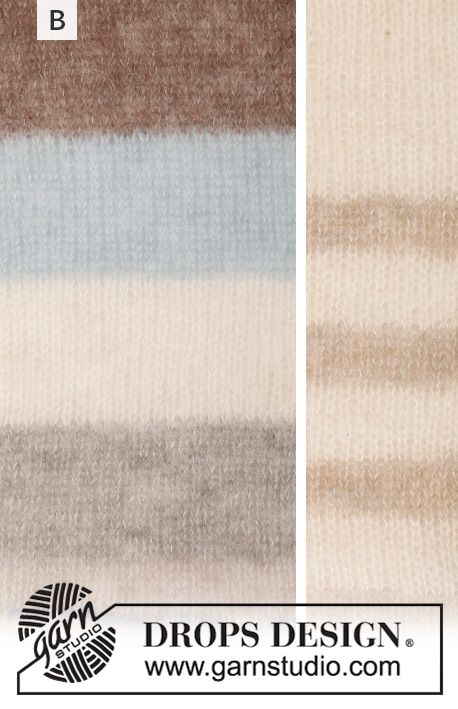
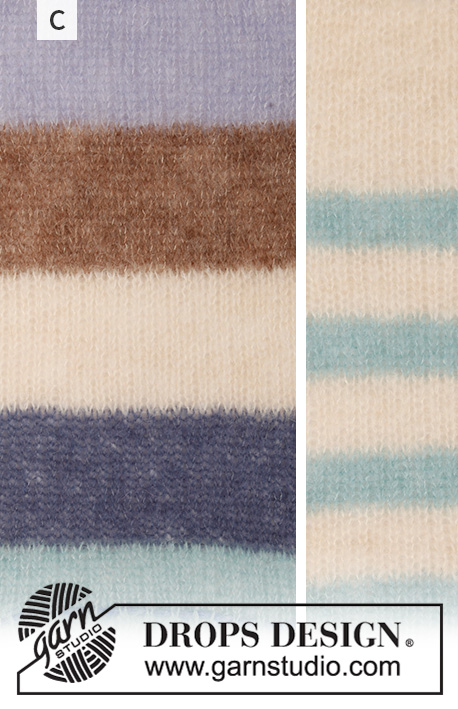

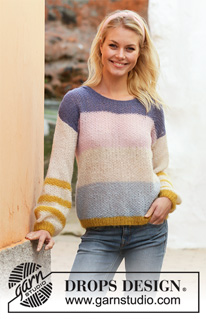
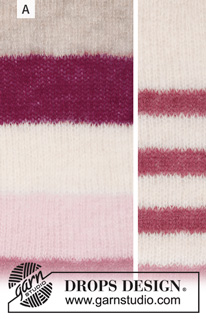
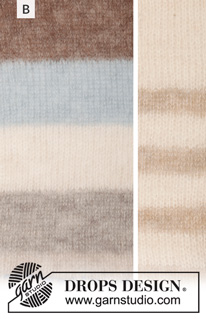
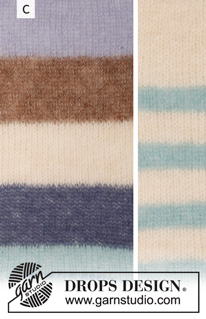








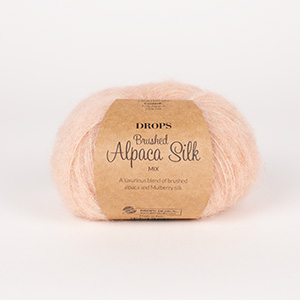







































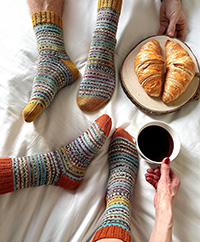
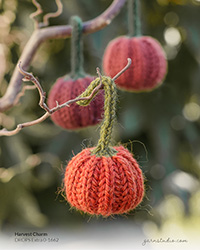
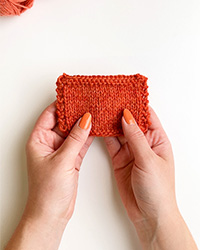
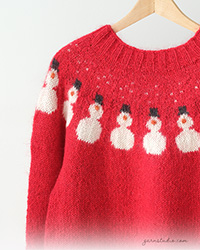

Post a comment to pattern DROPS 201-22
We would love to hear what you have to say about this pattern!
If you want to leave a question, please make sure you select the correct category in the form below, to speed up the answering process. Required fields are marked *.